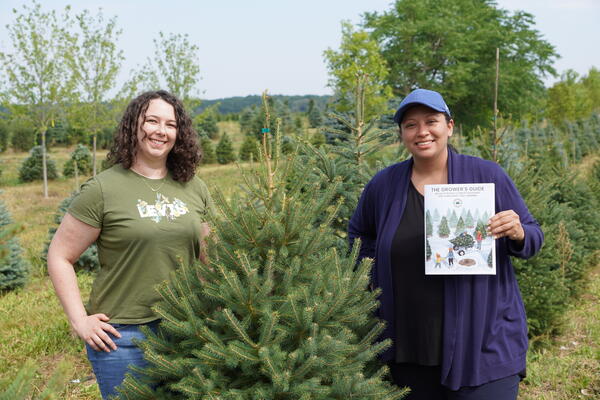
Opportunity for inclusivity in recreation planning for Protected Areas
Many socio-demographic groups are underrepresented among visitors to Protected Areas

Many socio-demographic groups are underrepresented among visitors to Protected Areas
By Media RelationsMany socio-demographic groups, such as those with disabilities and minority ethnic communities, are underrepresented among visitors to Protected Areas due to institutional barriers, a new study found.
Protected Areas (PA) provide many benefits to visitors, including mental and physical health and environmental knowledge. However, some of these benefits are not widely integrated into overarching management structures. In particular, social benefits are often overlooked.
The study by Rachael Edwards and her supervisor, professor Brendon Larson, both from the University of Waterloo’s Faculty of Environment, explored the links between management approaches and access disparities in the United Kingdom by examining governing documents for the United Kingdom PAs and surveying PA managers.
The finding shows that the institutional factors contributing to green space access barriers remain underexplored.
“Due to similarities in the history and ideologies behind PA formation in the United Kingdom and Canada, it is likely that some of these institutional barriers can also be seen in Canada,” said Edwards, a PhD graduate from Waterloo’s School of Planning. “Anglocentric views about human-nature relations continue to influence policy makers’ decisions, and many communities are left out of vital conversations regarding planning PAs and greenspace.”
The researchers argued that for change to be seen, diversity and inclusion of all groups must be more deeply ingrained within management frameworks for PA governance to reflect national priorities on diversity.
“We suggest that an organizational shift is needed to broaden beyond these Anglo-normative management approaches,” Edwards said. “Alternative worldviews must be embraced within PA governance structures through participatory approaches.”
The researchers further suggest that PA managers are not indifferent to the lack of representation from certain user groups. They also found managers to be highly aware of national diversity objectives and concerned with taking steps to address access barriers. Nevertheless, certain dimensions of access were more widely recognized.
The researchers propose that PAs should provide a diverse range of recreational opportunities that align with the different interests of potential visitors. In addition, policymakers should work toward explicitly identifying the many avenues through which gratification from PAs is derived within management plans.
The study was recently published in the journal Landscape and Urban Planning.

Read more
Here are the people and events behind some of this year’s most compelling Waterloo stories

Read more
Waterloo researchers are helping to make a much-loved holiday tradition more sustainable all year round

Read more
Researchers awarded funding to investigate ecology, climate change, repatriation, health and well-being through cultural and historical lens
The University of Waterloo acknowledges that much of our work takes place on the traditional territory of the Neutral, Anishinaabeg, and Haudenosaunee peoples. Our main campus is situated on the Haldimand Tract, the land granted to the Six Nations that includes six miles on each side of the Grand River. Our active work toward reconciliation takes place across our campuses through research, learning, teaching, and community building, and is co-ordinated within the Office of Indigenous Relations.